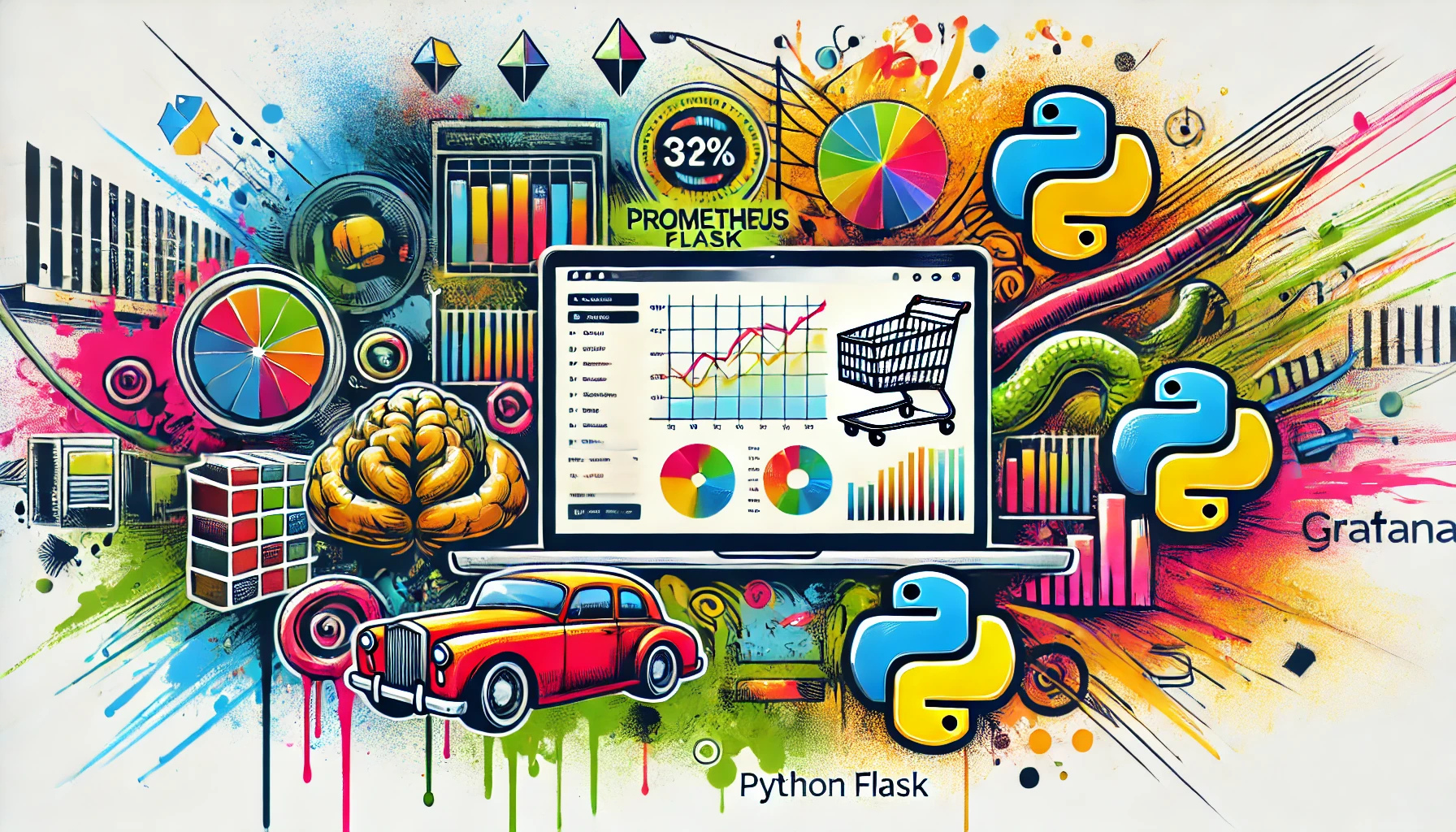SubbuK8sConsole: A Unified Kubernetes Management Dashboard
Introduction Kubernetes has become the go-to orchestration tool for modern cloud-native applications. However, managing clusters across multiple cloud providers like AWS EKS and Google Kubernetes Engine (GKE) can be complex. To bridge this gap, I built SubbuK8sConsole — a simple web-based Kubernetes dashboard that simplifies cluster management across AWS and GCP. This blog will walk through its features, architecture, and deployment details. 🔗 GitHub Repository: SubbuK8sConsole on GitHub … Read more




